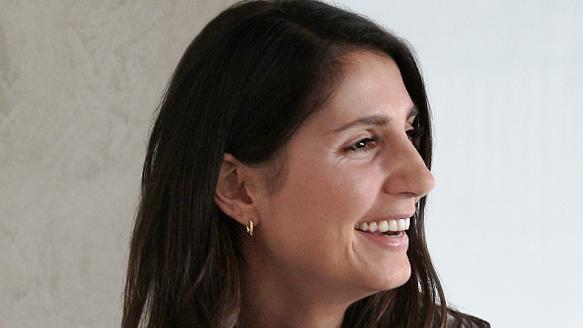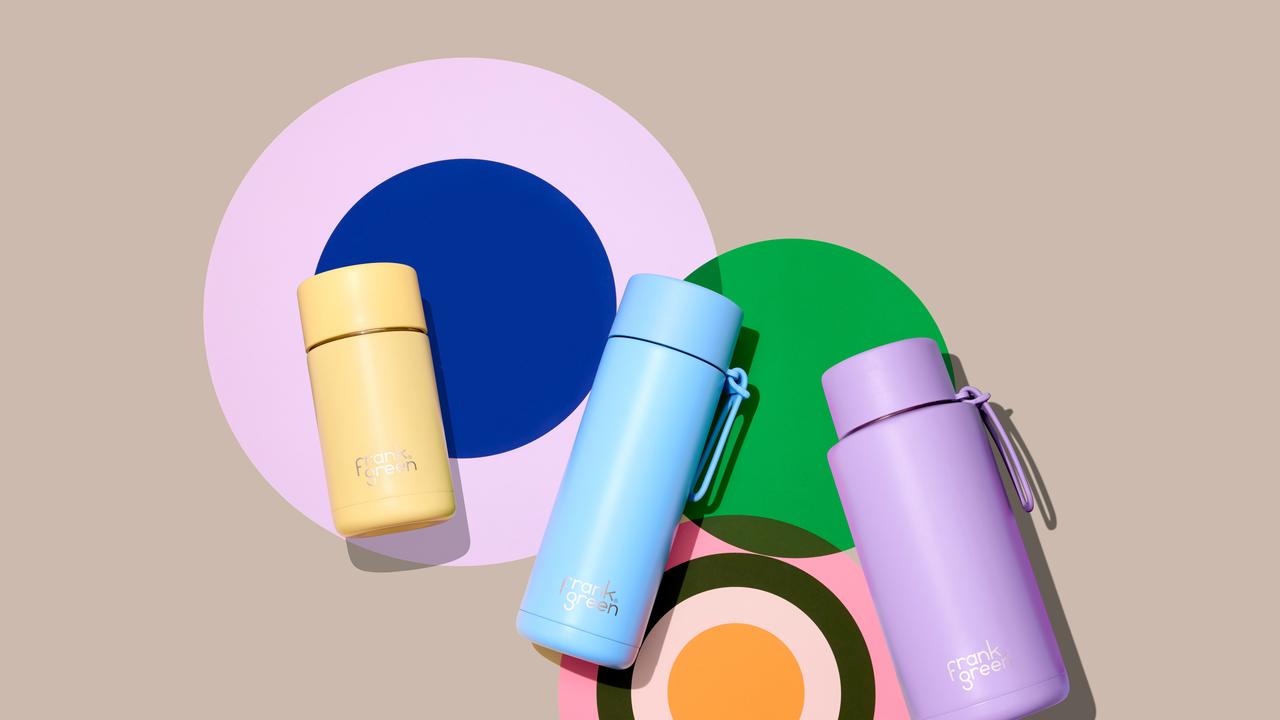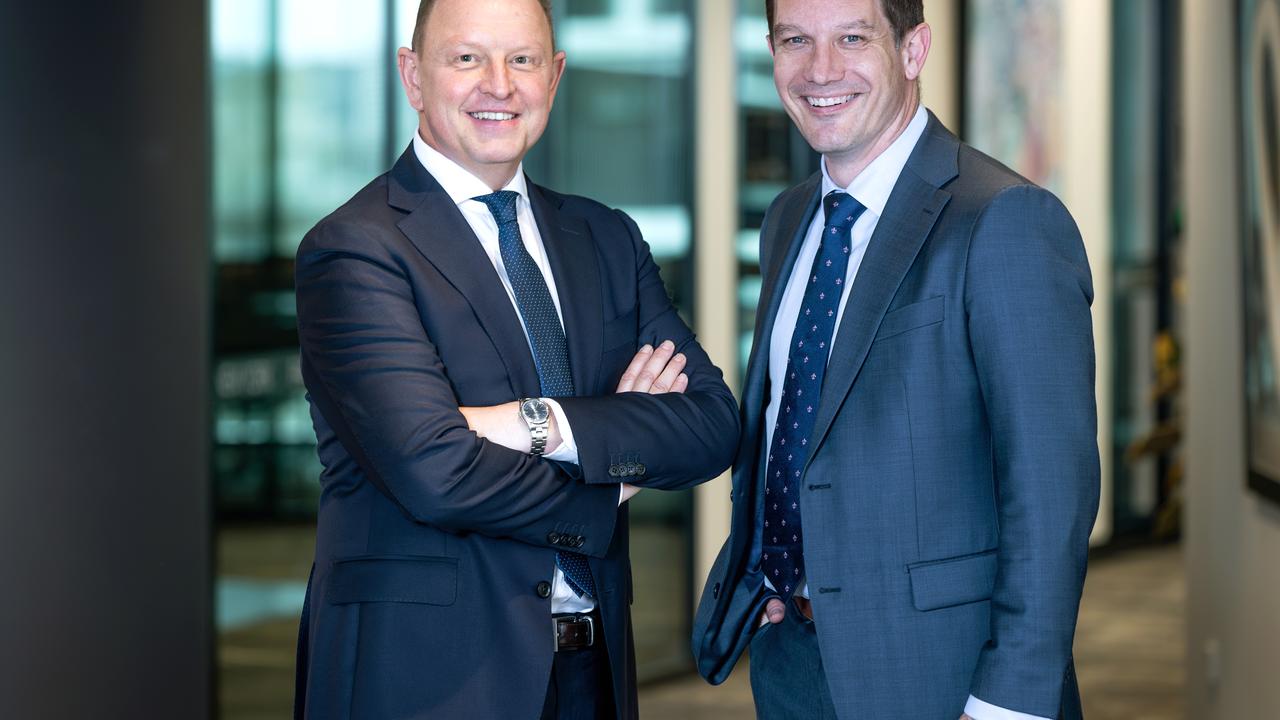Seamless, sameness? It’s time to rethink friction
In the rush to create seamless experiences for consumers, are marketers overlooking the power of friction? FutureBrand’s Christina Kokkinakis argues the business case for meaningful friction.

I need to pay for my coffee, so I have my iPhone ready in my hand.
I’m hungry, so I open Uber Eats and instantly fulfil my craving for choc-chip ice cream.
I remember I need to renew my health insurance and in three clicks they have me locked into another year.
Are these all great experiences? In one sense, yes, I get what I need in the least amount of time, with minimum effort and maximum ease. In weeks to come, will I remember these experiences? Probably not. I might recall how one brand or another made life easier. But made my life richer? Unlikely. And I can’t imagine I’ll be telling my friends about them. Product ease per se isn’t guaranteed to build salience or loyalty. Let alone advocacy.
In a world where premium is often defined by how quickly we can go from one desired outcome to the next, companies like Apple and Uber excel, creating seamless experiences that leave us feeling satiated and content. Well, at least in the short term.
Seamless experiences have a key role to play in how we experience a brand, but when it comes to unlocking growth, they are inaccurately over-indexed.
Think of a moment with a brand that was OK. Not horrible, just OK. It did the job just fine. You fulfilled your need with ease. My hunch is that you’ll struggle to think of one. Because we don’t remember “just OK”. But on the other hand, moments of friction – purposeful, curated friction – have the ability to elevate the experience, punctuate the journey and strengthen your connection to a brand.
American professor and author Chip Heath discusses this pivotal dynamic in The Power of Defining Moments and makes this critical point: while we spend close to 80 per cent of our customer experience focus, time and resource fixing problems in the experience, it’s in fact creating elevated moments that can generate nine times the commercial value. It’s a pointed distinction and paints a compelling business case.
Many businesses already create brilliant moments of connection in ways that make us stop for a second and smile. Sometimes it’s with language, a sound, vibration, or visual. Sometimes it’s merely encouraging employees to take the initiative to deliver great, personalised service. So it’s not necessarily a new idea, but it’s not yet a ubiquitous one for companies looking for that competitive edge.
Take AIA’s Vitality program, for example. An initiative designed to reward members for tracking and increasing their daily steps. As it happens, the reward for AIA is far greater. Not only do they now receive daily data inputs on their customers, they have changed behaviour and engineered a reason for their members to engage with their health insurer in what is otherwise a low-touch sector.
Duolingo, the language-learning app, which gamifies lessons to keep you coming back, leans strongly into the brand’s playfulness, when appropriate. Standard reminders and notifications, such as “don’t forget” and “congratulations”, no longer come as standard – they’re moments of humour and enjoyment. They’re full of friction. “Your French lessons won’t take themselves”, arrives instead of “your next lesson is due”. These small moments give us a reason to pause, to smile and importantly to keep coming back.
We often hear it’s doom and gloom for the retail sector, however, Aesop, the billion-dollar Australian luxury skincare brand continues to deliver commercial value through their retail experience. Aesop encourages you to linger longer in the store, whether it’s to wash your hands with a sample of Reverence Aromatique, sip their signature tea, or admire the beautifully curated space. This extended immersion and engagement time results in you leaving with (more) bags in hand.
Another practical example is FutureBrand’s work with Air Tahiti Nui. Efficiency and ease are incredibly important in aviation. Having a seamless flight is always the ultimate hope. However, as a national carrier, Air Tahiti Nui must balance this efficiency with emotion at opportune moments. While they work quickly and efficiently to transport their passengers at every step, there’s one where its crew members choose to slow things down a little.
Air Tahiti Nui takes a moment to present each and every passenger with a tiare flower as they board their flight. Its petals closed at first, the tiare flower slowly opens over the course of the journey and offers the ultimate welcome to the Tahiti. This ritual might make the boarding process a little less efficient, but it introduces the brand in a way that makes that moment all the more meaningful and memorable.
Introducing meaningful friction into your brand experience, and investing effort into creating elevated moments, generates real commercial return. Yes, seamless experiences have their part to play. But for long-term, meaningful commercial growth that ticks the box on loyalty, advocacy and returns, it’s worth the extra effort.
Seamless can lead to sameness, but growth feels different, so next time, maybe second guess your strictly seamless experience.
Christina Kokkinakis is the general manager of branding agency FutureBrand.





